
iRobot is a global consumer robot company that designs and builds thoughtful robots and intelligenthome innovations that make life better.

iRobot benötigte eine schnelle Möglichkeit, zielgerichtete Benutzererlebnisse ohne zu viel Entwicklungszeit bereitzustellen.

Durch die Nutzung von Pendo verbesserte iRobot die Produktpersonalisierung mit In-App-Anleitungen, Analysen und Segmentierung und verringerte so die Abhängigkeit von der Entwicklung.

iRobot steigerte das Feature-Engagement um 43 %, die monatliche App-Nutzung um fast 2 % und verkürzte die Produktionszeit um 50 %.
iRobot, the company that started a robot vacuum cleaning revolution and skyrocketed the Roomba® to cult-following stardom, is now a common household name. And while many consumers may not consider iRobot a traditional software company, they are undeniably a product-led company. iRobot’s physical (robot) and digital (mobile app) products are at the heart of their user experience—and a major reason consumers love the company so much.
Mary Ward, Senior Digital Product Manager bei iRobot, erklärt: „[iRobot ist] nicht nur ein Robotikunternehmen, sondern auch ein Softwareunternehmen. Und das bedeutet, dass wir die Software-Erlebnisse unserer Kunden personalisieren werden.“
Im Jahr 2020 beschloss das digitale Team von iRobot, stark in produktbasierte Personalisierung zu investieren. Ihnen war klar, dass die Nutzer unbedingt die Möglichkeit bräuchten, ihre Einstellungen anzupassen — und Produktdaten mussten benutzt werden, um diese Erlebnisse proaktiv zu gestalten. Insbesondere in einer Zeit, in der die Erwartungen der Verbraucher enorm hoch sind, ist das sehr wichtig. Außerdem konnte das Unternehmen seinen Nutzern so ein Gefühl der Empathie vermitteln, in jeder Phase der User Journey.
„Laut den Nutzern bedeutet Personalisierung für sie, eine Verbindung zu spüren. Sie bedeutet Empathie. Und sie verändert die Assoziationen mit dem Markenwert“, so Ward. „Wir wissen, dass dies eine fundamentale Komponente unseres Unternehmens sein muss. Außerdem ist uns klar, dass die Nutzer davon profitieren, weil sie sich mit denjenigen Funktionen interagieren, die für ihr Verhalten und ihre Präferenzen relevant sind.“
Als Ward und ihr Team diese Initiative ins Leben riefen, stand ihnen ein harter Kampf bevor. „Wertvolle technische Ressourcen mussten eingesetzt werden, mehrere Rollen im Unternehmen, und es nahm viel Zeit in Anspruch“, erklärte Ward. „Wir wussten, dass wir die Effizienz beim Release steigern mussten, um unsere Personalisierungsstrategie umzusetzen.“
She also noted that gaining insight into the impact of in-app communications on user behavior post-launch was critical for her team. She needed a way to see where users were dropping off in the funnel and what paths they were taking so she could adjust or pivot her launch strategy accordingly.
Ward and her team approached this personalization challenge as a hierarchy of needs, beginning with a foundational layer of core actions. “As product managers, our job is to advocate for the customer—to understand, be with the customer, have empathy, and bring that to our organizations to solve their problems,” said Ward. She and her team mapped the complete customer journey, including user personas, goals, and desired behaviors—which all translated perfectly into Pendo when it came time to define iRobot’s Core Events.
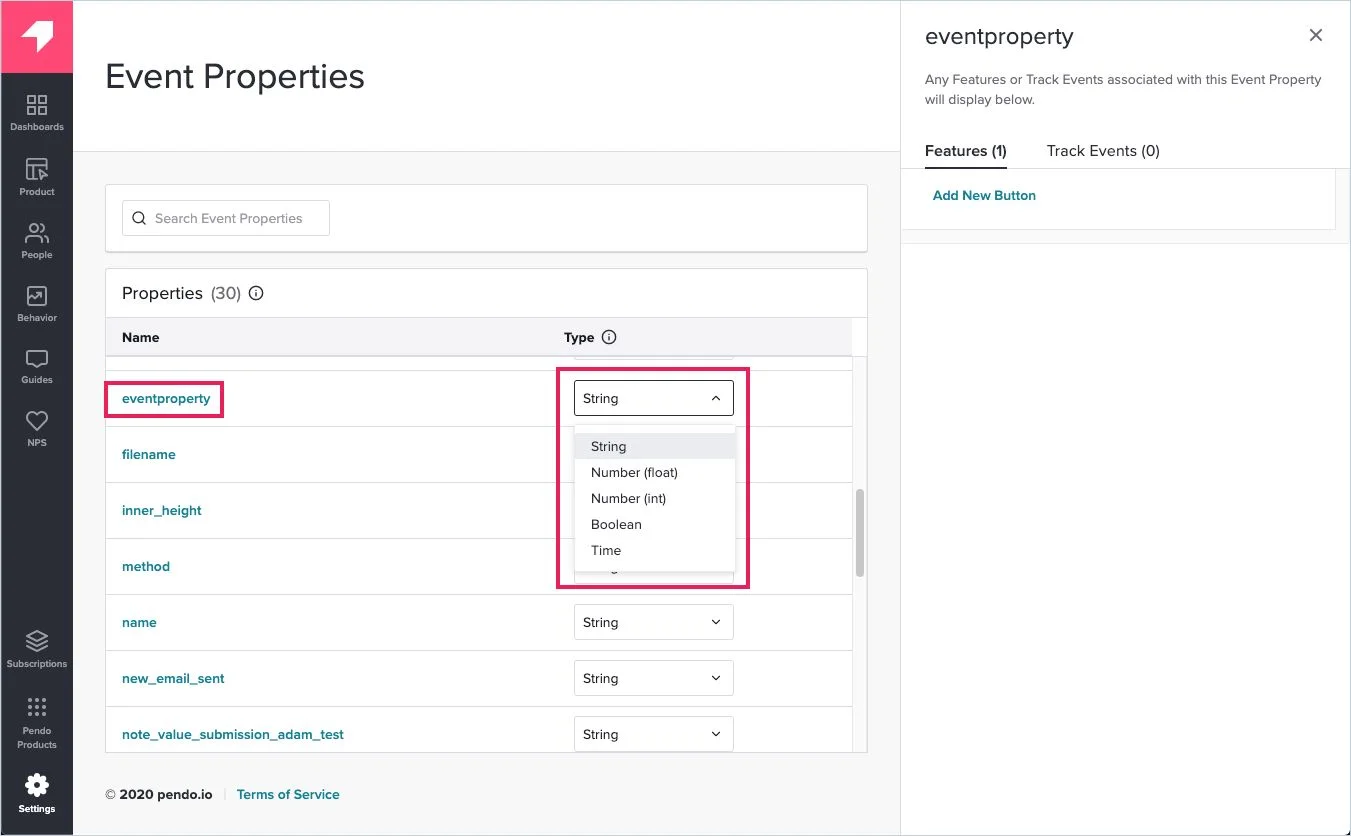
Als Nächstes legte das Team Meilensteine fest, um die wichtigsten Momente auf der User Journey zu identifizieren — sowie die Reibungspunkte, die idealisierte Workflows behindern. „Wir mussten uns fragen, welche Erlebnisse entscheidend sind, damit unsere Nutzer ihre Ziele erreichen können, welche Ziele sie mit unserem Produkt überhaupt verfolgen und wie wir sie auf Erfolgskurs halten können“, erklärt Ward. Diese Informationen halfen ihrem Team, den „Glückspfad“ festzulegen, auf den sie ihre Nutzer während ihrer gesamten Journey leiten würden.
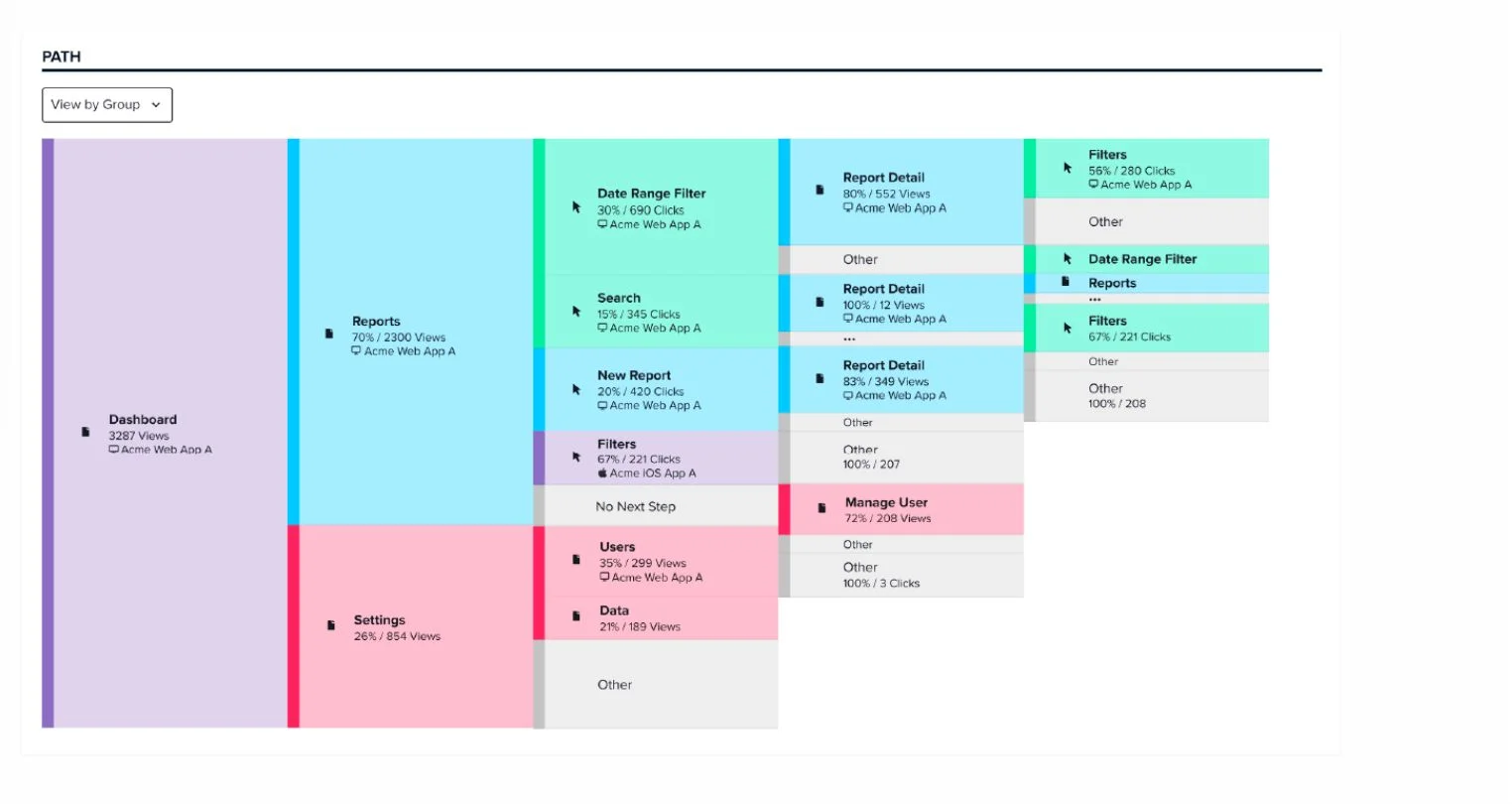
The final piece of iRobot’s personalization puzzle was data. Ward and her team turned to Pendo Analytics to gain deep insight into how users were engaging with the iRobot web and mobile apps to understand what made a moment truly personal. In particular, she focused on behavioral data (e.g. the specific actions and paths users were taking in the app), demographic data (e.g. the type of robot each user had, their gender, or their educational level), and channel data (e.g. whether the customer used the iRobot web or mobile app).
„Datenbasierte Einblicke sind der Schlüssel zu erfolgreichen, personalisierten Inhalten. Sie sollten sehr eng mit Ihrem Datenteam, Ihrem Plattformteam und Ihrem Analyseteam zusammenarbeiten. Denn am Ende des Tages brauchen wir diese Daten, um Empathie aufzubauen und persönliche Erlebnisse zu bieten.“
Ward noted that Pendo’s metadata and Track Events make digging into these data points and choosing the segments she wants to target a breeze. “Using Pendo, [we] can segment any kind of data,” she said. This powerful targeting has been critical for ensuring the iRobot team reaches the right users, at the right time, with the right message—creating moments of delight through personalization.
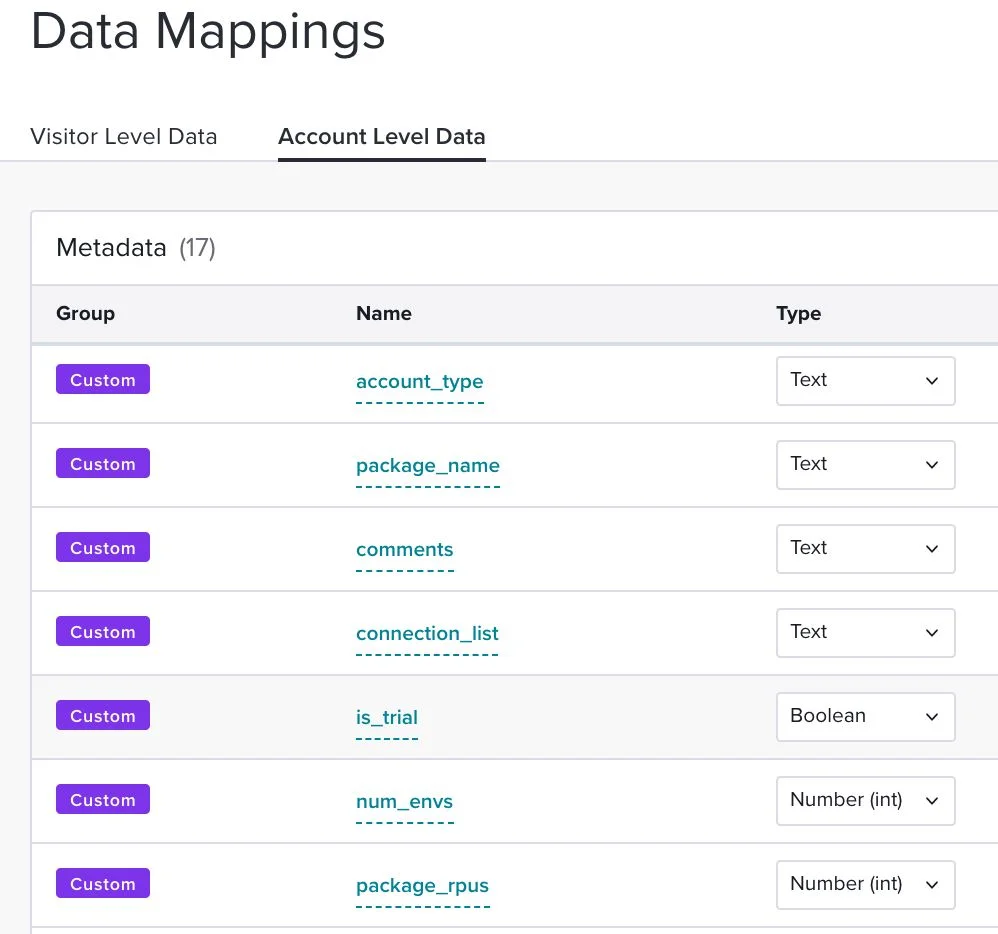
Whenever the iRobot team builds a new feature, they now also launch a feature announcement using Pendo In-app Guides. “Our goal is to get users quickly introduced to and trying the new feature, [in ways] specific to their goals,” said Ward. “We also know that if we don’t reach users at the right moment, at the right time, during the right journey, their feature engagement goes down by 30%. So it’s critical we get it right.” After building their feature launch in-app messages in Pendo, Ward and her team are then easily able to segment and target their communications to the relevant group of users.
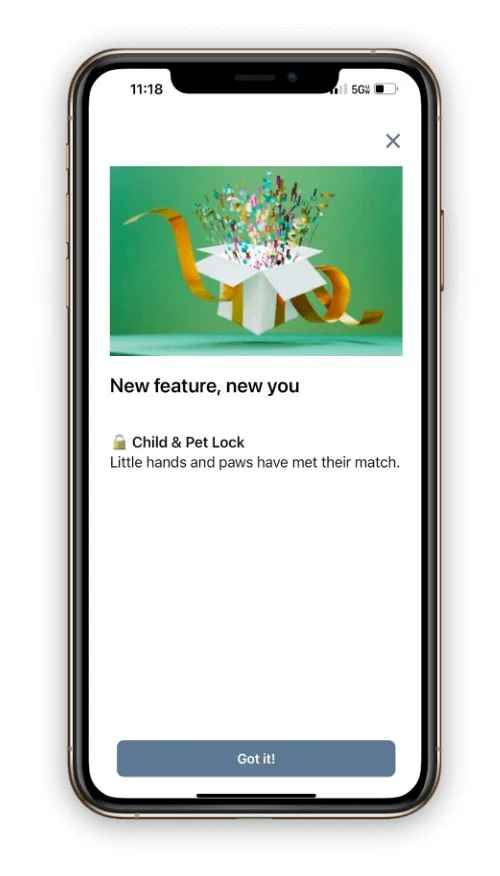
Als iRobot seine neue Sperrfunktion für den Schutz von Kindern und Haustieren einführte, setzten Ward und ihr Team auf Personalisierung, um die Nutzer, die am meisten davon profitieren würden, darüber zu informieren. „[Wir haben] 14 Millionen vernetzte Kunden … Wir wissen, dass wir mit unserem In-App-Kommunikationskanal am effektivsten Ergebnisse erzielen“, so Ward. „Diese Segmentierung geben wir dann einfach in Pendo ein.“
Thanks to behavioral, demographic, and channel data collected in Pendo, Ward and her team were able to easily identify and target the feature launch announcement to users with pets, using a specific type of robot, directly inside the iRobot app.
Ward also noted that Pendo has been critical to her team’s ability to keep a constant pulse on the user journey within the iRobot app. “The greatest thing Pendo gives us is [the ability] to understand pathways and funnels when it comes to personalization. Being able to have these kinds of product analytics and dashboards helps us [validate if] our strategy is on point, if our journey is correct, or if we need to pivot in some way,” she explained.
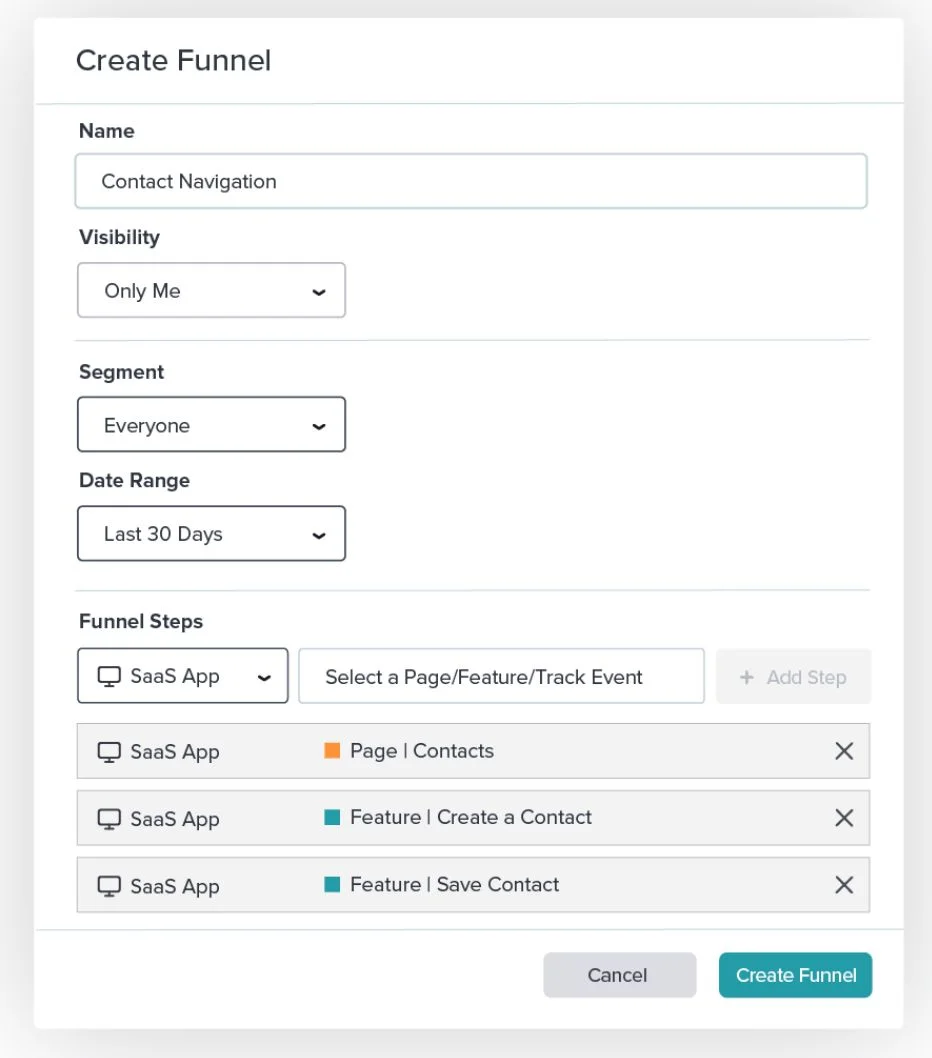
Seit der Entscheidung, in Pendo zu investieren und eine robuste, datenbasierte Personalisierungsstrategie zu entwickeln, hat das iRobot-Team unglaubliche Ergebnisse erzielt. „In den letzten sechs Monaten haben wir mit Pendo wirklich tief nachgegraben. Und mit unserer mobilen App konnten wir wirklich hervorragende Ergebnisse erzielen“, so Ward.
By using Pendo to gather behavioral information and demographic data about their users, the iRobot team was able to create highly targeted and resonant in-app messages for their users—resulting in a 43% increase in engagement with feature announcements. “[Our users] realize the value of their purchase because they see the personalization and recommendations we’re offering, at the right times,” said Ward.
Ward added that since implementing Pendo, iRobot has seen an almost 2% increase in monthly active usage over a six-month period—a significant improvement for an organization with over 14 million customers in their mobile app.
Pendo has also enabled teams across iRobot to operate and build more efficiently. “Before implementing this strategy and pulling Pendo in, it took us a significant amount of time to get anything out the door. And we were using valuable engineering resources to do it,” Ward explained. By empowering the product team with data, giving product managers the ability to build in-app guides and segmentation in Pendo, iRobot was able to decrease time to production by 50% and cut down engineering effort by 75%—freeing up critical resources to build new functionality, launch new features, and sizzle down tech debt.
Außerdem lobt Ward die Möglichkeit, in der Pendo-Plattform ganze Organisationen rund um ein gemeinsames Verständnis des Kundenerlebnisses zusammenzubringen — und Einblicke darin zu geben, wie es verbessert werden kann. „Vorher war es für Produktmanager nicht einfach, Analysen zu finden und herauszufinden, wo sich die Nutzer im Trichter befinden“, erklärt sie. „Dank Pendo können wir nun verstehen, wo die Leute zu kurz kommen, wo wir unsere User Journeys verbessern sollten, ob unsere Meilensteine geändert werden sollten und wie wir unsere Produktstrategien rund um die Personalisierung anpassen können.“
„Sobald die Leute Pendo verwenden, haben sie Erfolgserlebnisse. Alle möchten es ebenso nutzen. Und genau das konnte iRobot auch beobachten – vom Marketing über die Kundenbetreuung bis hin zu unserer Serviceplattform und dem digitalen Bereich.“
Looking ahead, Ward is excited to bring the value of Pendo to other teams throughout iRobot—and to do it in a highly strategic and organized way. “We need a good governance, design, and copy process to bring it all together and make sure we’re not just throwing things out into our app that make no sense,” she explained. “With [Pendo’s] new Guide Orchestration feature, [we’ll have] an understanding of when messages are going out, if they’re going out at the right time, and the ability to make sure messages aren’t [piling] on top of each other in our mobile app.”


